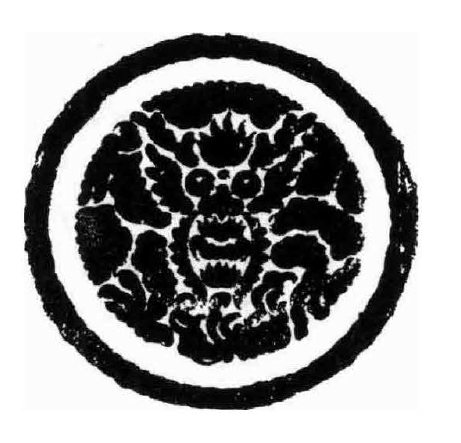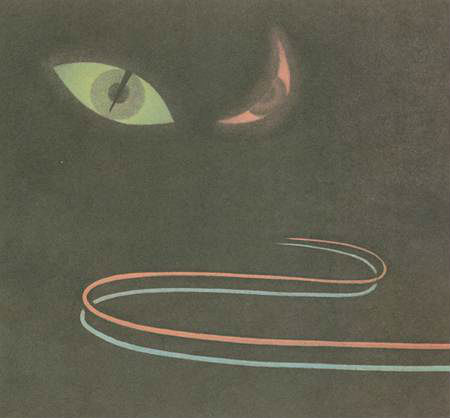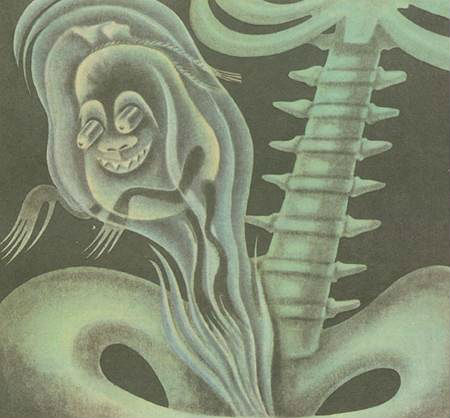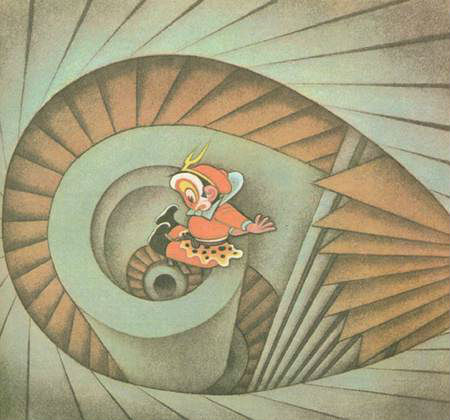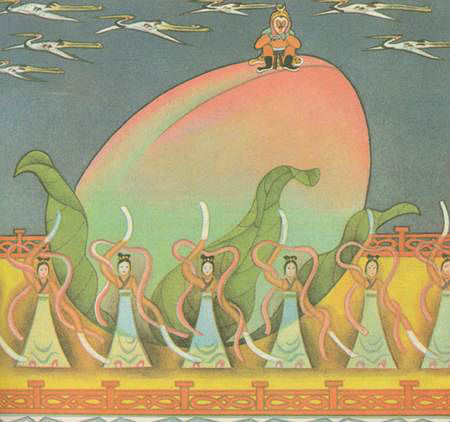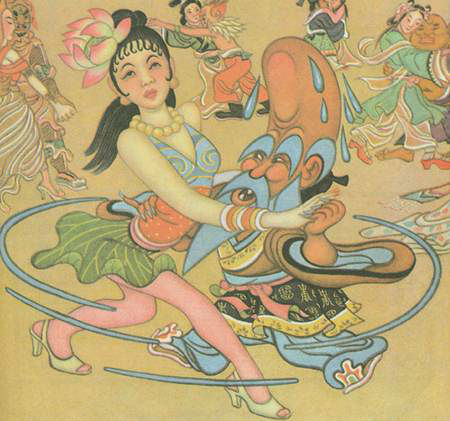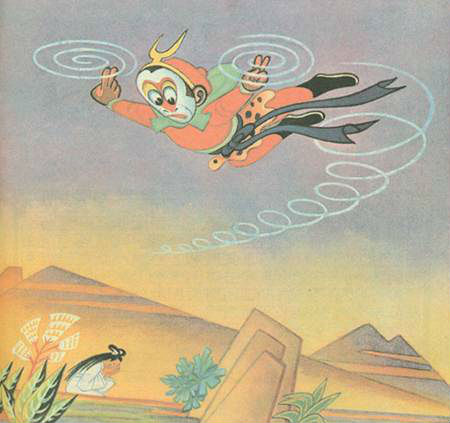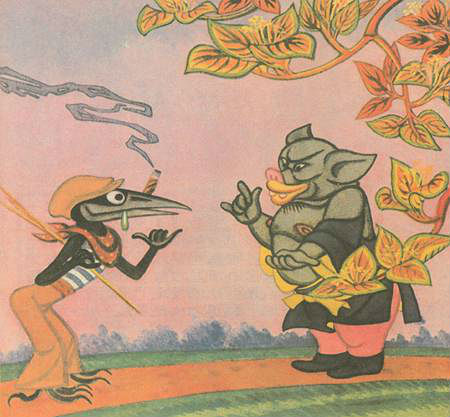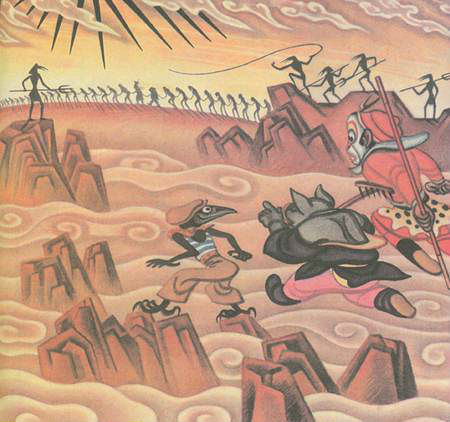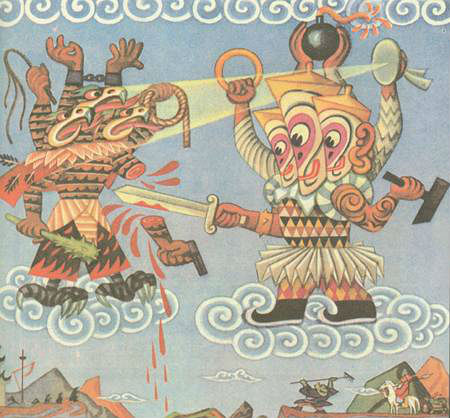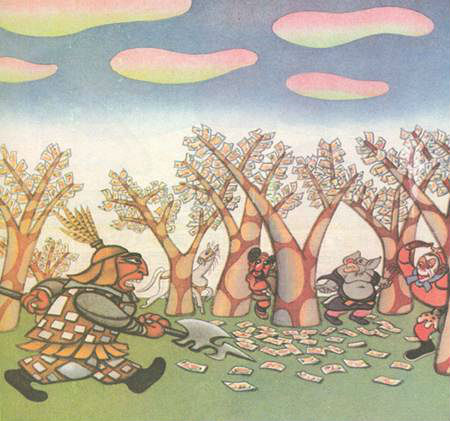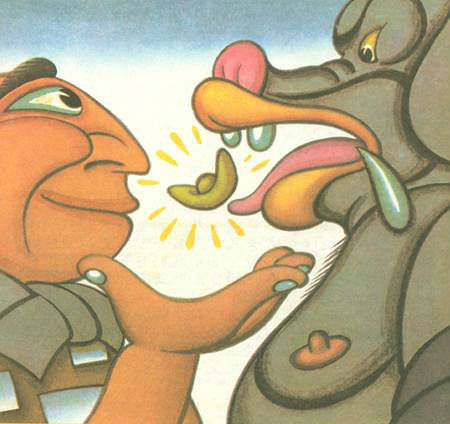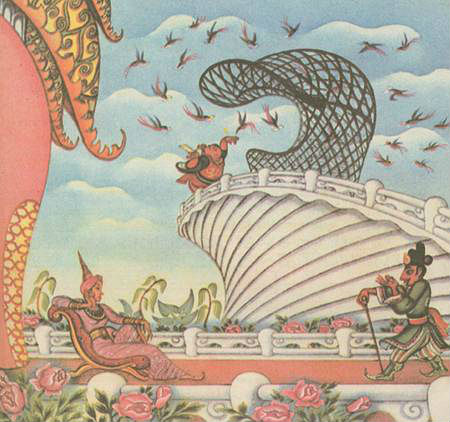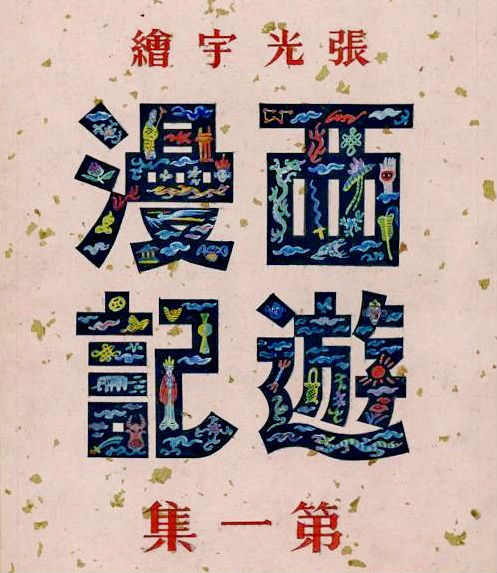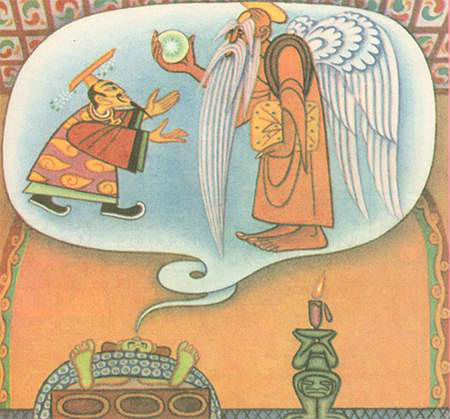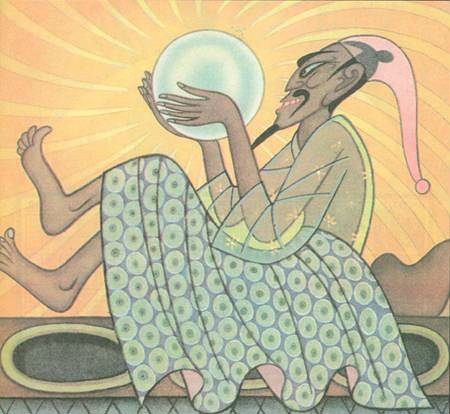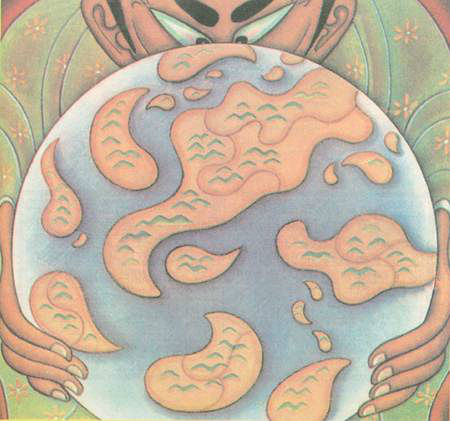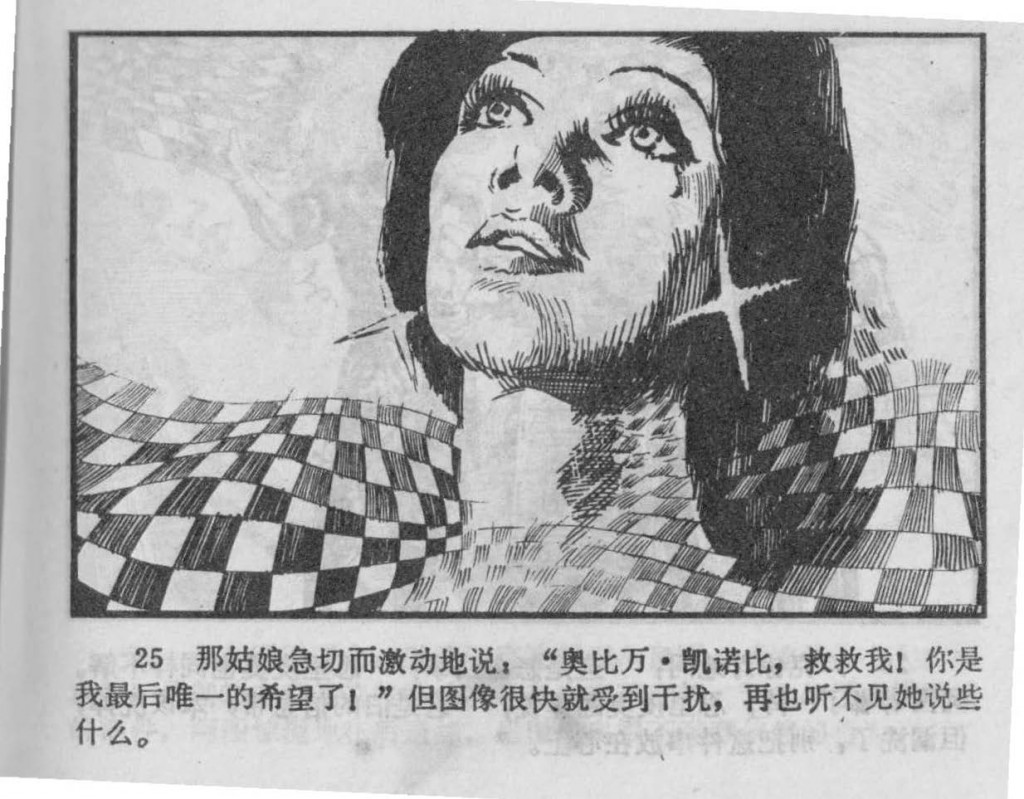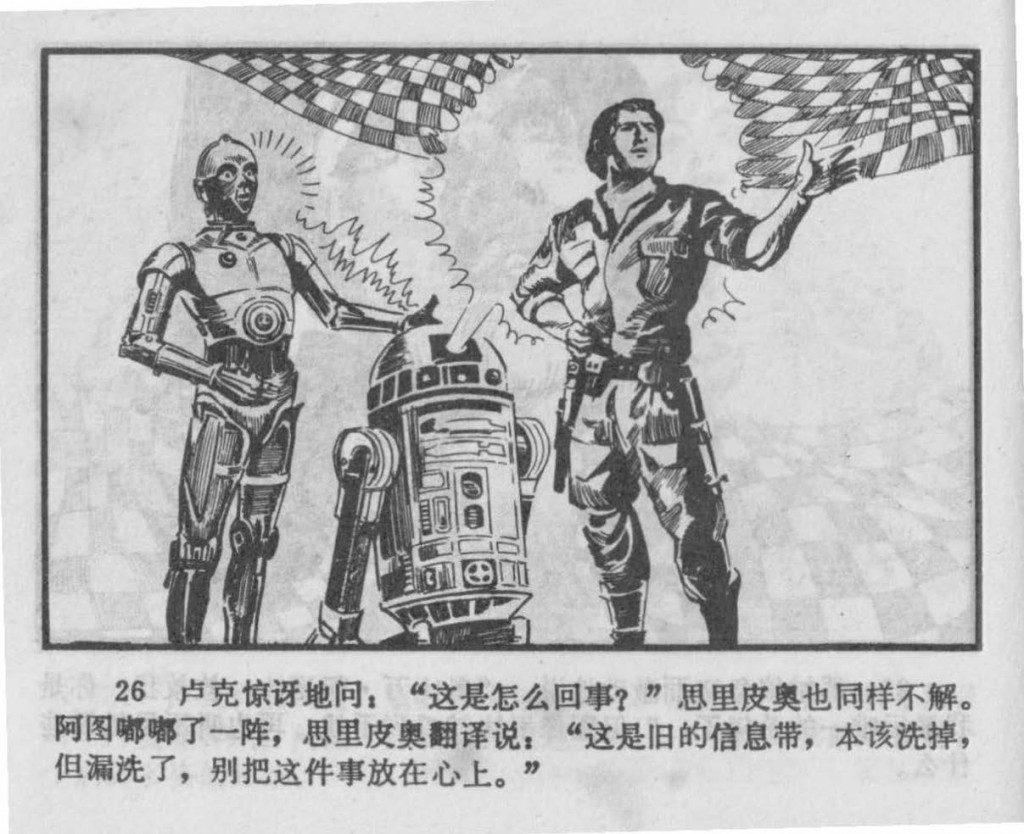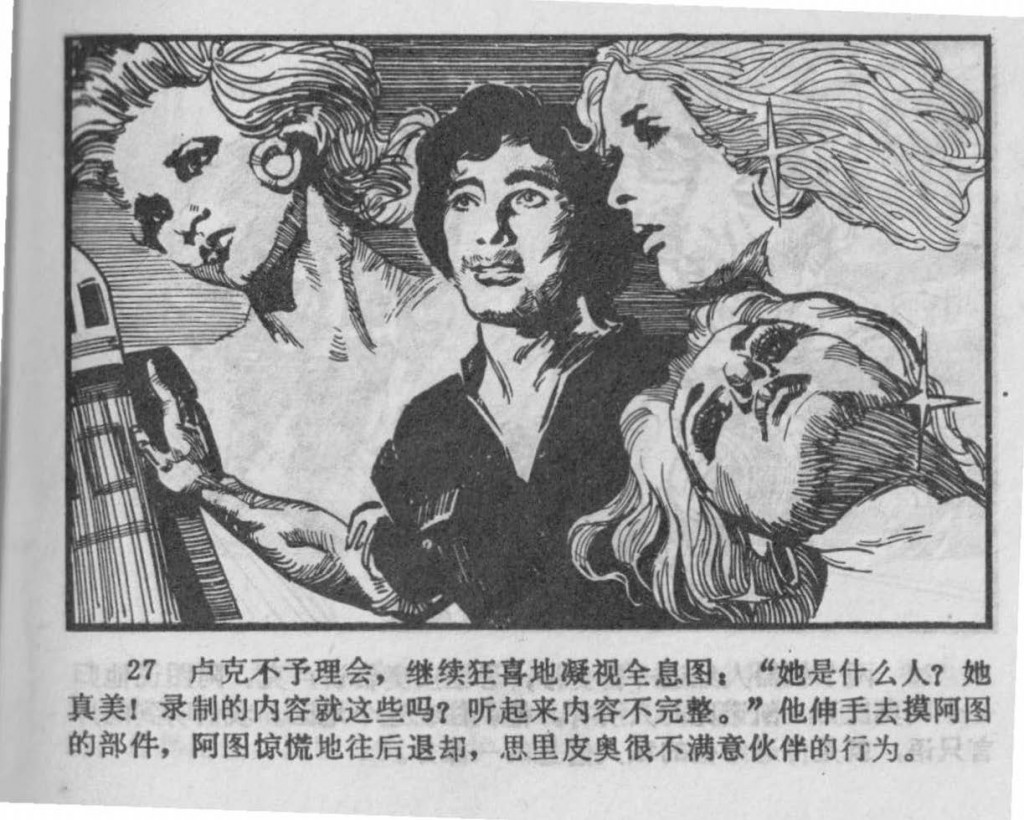This is the fourth chapter in my MA thesis, The Shanghai Manhua Society: A History of Early Chinese Cartoonists, 1918-1938, completed in December 2015 at the Department of Asian Studies at UBC. Since passing my defense, I’ve decided to put the whole thing up online so that my research will be available to the rest of the world. I’ve also decided to use Creative Commons Attribution-NonCommercial-NoDerivatives 4.0 International License, which means you can share it with anyone you like, as long as you don’t charge money for it. Over the next couple of days I’ll be putting up the whole thing, chapter by chapter. You can also download a PDF version here.
While it is clear that the members of the Manhua Society were connected through a variety of social and professional institutions, it took them more than five years to form a society dedicated to the production and promotion of cartoons and comics in China. Initially, they may not have seen the need to organize, instead being satisfied to be paid to draw cartoons on a semi-regular basis for the Shenbao and other periodicals. For most of them, cartoons probably seemed like a hobby, or side-business, to their more lucrative work in advertising and teaching.
The escalating political turmoil of the 1920s would seem to be obvious catalyst for the formation of the Manhua Society. On the other hand, cartoons and comics provided these young men with the means not only to speak out against foreign imperialism and government corruption, but also establish their respective careers and provide for their families. One event in particular has special significance for the formation of the Manhua Society, not simply because it spurred the Manhua Society members into action, but because it provided an opportunity for publishers (particually of pictorials) to capture the attention of readers.
The Shot Heard Round the Bund
On May 30, 1925 policeman in the International Settlement opened fire on a crowd of Chinese protesters, many of them students, gathered outside the Laozha police station老閘捕房, killing nine and injuring many more. The students had gathered to protest the trial of students who had been arrested performing a mock-funeral demonstration following the shooting of a Chinese worker in Japanese-owned cotton mill earlier in the month.
Two days later, the tabloid Pictorial Shanghai 上海畫報released its controversial first issue on June 6, 1925, featuring photographs of the bloody protests.[1] Published by the popular noveist Bi Yihong畢倚虹(born Bi Zhenda 畢振達, 1892-1926), who was associated with the Mandarin Ducks and Butterflies clique, the tabloid employed not only Zhang Guangyu and Ding Song, but also St. John’s graduate and future Manhua Society member, Wang Dunqing.[2]
Over the next month, a triple strike of merchants, students and workers organized by the KMT working in cooperation with Du Yuesheng and the Green Gang led to riots and more deaths, providing Pictorial Shanghai with enough sensational content to publish a new issue every three days.[3] Clearly inspired, two months later on August 3, 1925 Zhang Guangyu launched his own three-day tabloid, the two-page broadsheet, China Camera News三日畫報. The May 30 Incident galvanized the young cartoonists into action, providing a ready market for their pointed political satire, and in addition to news and topical essays, the first issue also included satirical drawings諷刺畫 by four future members of the Manhua Society: Lu Shaofei, Huang Wennong, Ding Song, and Zhang himself.[4]
Lu Shaofei, who had returned from Shenyang some six months earlier, was also busy that summer putting together an exhibition for the fourth annual Aurora Art Club show晨光美術會第四屆展覽會, held August 1-7 at the second campus of Iron Forge Creek Art University 打鐵浜藝術大學第二院, to the south of the French Concession in present day Jinshan. An preview published in the Shenbao the day before the show opened to the public makes it clear that this exhibition included the material which would published nearly three years later as Cartoon Travels in the North: “Mr. Lu Shaofei’s more than seventy sketches of his travels to the capital and Fengtian, featuring landscapes of the north, strange and bewildering to behold, without a set form, are especially impressive” 魯少飛君之旅京奉寫生約七十餘件、北地風光、怪怪奇奇、不名一狀、尤為可觀云. [5]
